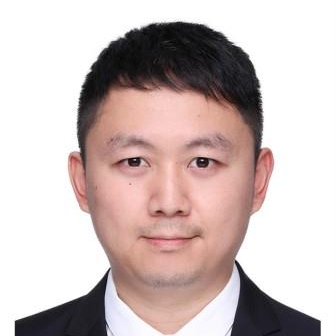Advanced Wireless Power Transfer Technologies
A special issue of Energies (ISSN 1996-1073). This special issue belongs to the section "E: Electric Vehicles".
Deadline for manuscript submissions: closed (10 March 2022) | Viewed by 10171
Special Issue Editors
Interests: wireless power transfer including inductive and capacitive wireless charging; advanced power electronics systems.
Interests: battery thermal management; wireless power transfer
Special Issues, Collections and Topics in MDPI journals
Special Issue Information
Dear Colleagues,
The Guest Editor would like to invite you to submit your research achievements to a Special Issue of Energies, titled “Advanced Wireless Power Transfer Technologies”. Wireless power transfer technology has been well developed in the past decade, and there are increasing numbers of researchers involved in this emerging technology. This Special Issue will focus on the most recent achievements in the theory and practice of wireless power transfer, especially for transportation, consumer electronics, smart grid, biomedical purposes, and other applications. Topics of interest for publication include, but are not limited to, the following:
- Wireless power transfer for electronic vehicles;
- Wireless power transfer for portable electronic devices;
- Wireless power transfer for biomedical implant devices;
- Wireless power transfer for industry vehicles, such as automatic guided vehicles;
- Wireless power transfer for Internet of things (IoTs);
- Dynamic wireless power transfer;
- Compensation circuit topology for wireless power transfer;
- Magnetic coupler design for wireless power transfer;
- Capacitive coupler design for wireless power transfer;
- Radio frequency wireless power transfer;
- High-frequency power converter;
- Soft-switching technique in resonant circuit;
- Ultrasonic transducer modeling and analysis;
- Safety issues in wireless power transfer.
Prof. Dr. Lu Fei
Prof. Dr. Chong Zhu
Guest Editors
Manuscript Submission Information
Manuscripts should be submitted online at www.mdpi.com by registering and logging in to this website. Once you are registered, click here to go to the submission form. Manuscripts can be submitted until the deadline. All submissions that pass pre-check are peer-reviewed. Accepted papers will be published continuously in the journal (as soon as accepted) and will be listed together on the special issue website. Research articles, review articles as well as short communications are invited. For planned papers, a title and short abstract (about 100 words) can be sent to the Editorial Office for announcement on this website.
Submitted manuscripts should not have been published previously, nor be under consideration for publication elsewhere (except conference proceedings papers). All manuscripts are thoroughly refereed through a single-blind peer-review process. A guide for authors and other relevant information for submission of manuscripts is available on the Instructions for Authors page. Energies is an international peer-reviewed open access semimonthly journal published by MDPI.
Please visit the Instructions for Authors page before submitting a manuscript. The Article Processing Charge (APC) for publication in this open access journal is 2600 CHF (Swiss Francs). Submitted papers should be well formatted and use good English. Authors may use MDPI's English editing service prior to publication or during author revisions.
Keywords
- Wireless power transfer
- Inductive power transfer
- Capacitive power transfer
- Ultrasonic power transfer
- Laser power transfer
- Contactless power transfer
- Wireless charging
- Energy harvesting
- Low-power electronic device charging
- High-power electric vehicle charging






